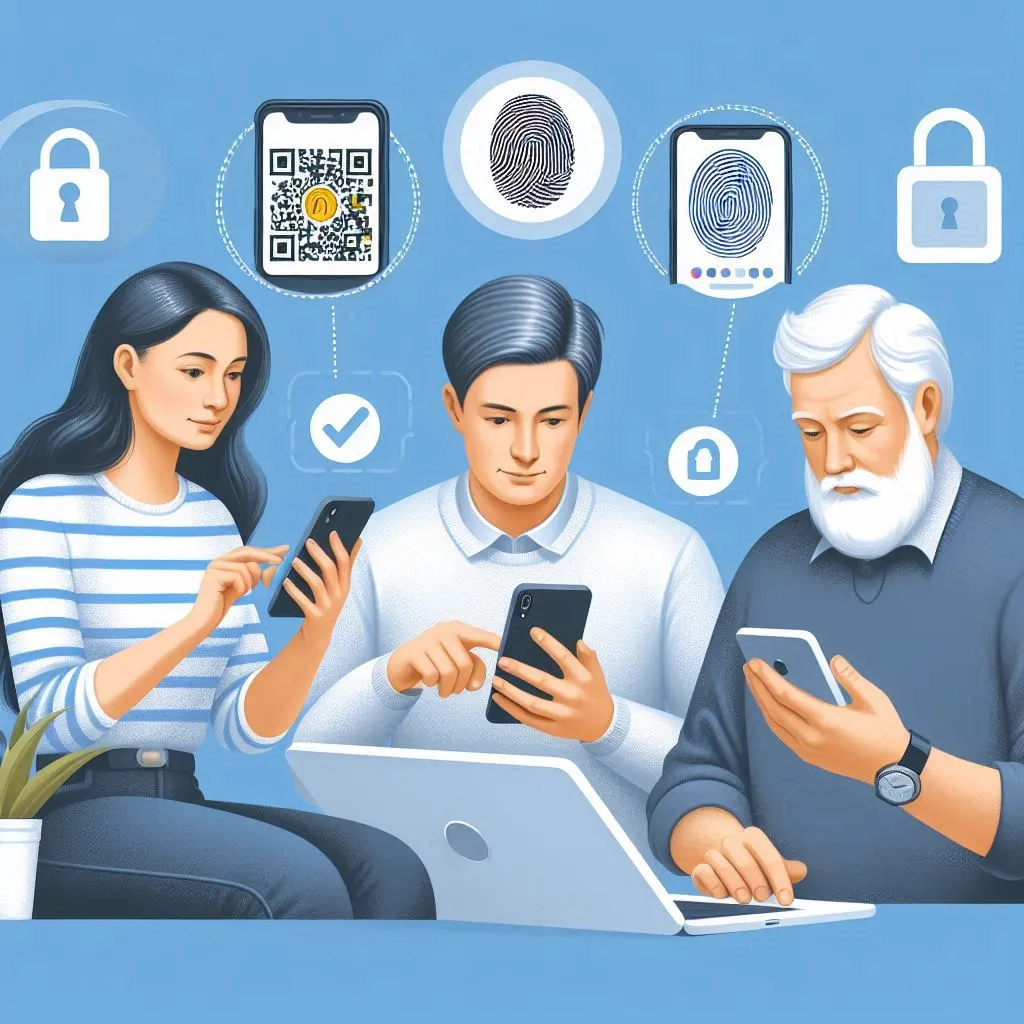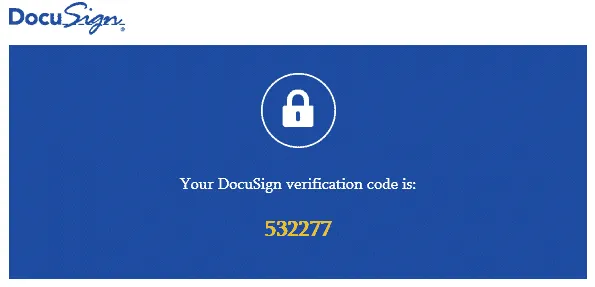Enhancing Security with Two-Factor Authentication: A Guide for Businesses
June 20, 2024

Understanding 2FA: A Security Necessity
Two-factor authentication (2FA) is a vital security measure that combines two distinct verification methods to establish a user’s identity. It typically requires:
- Something known a PIN, address or answers to secret questions
- Something owned a card, email, FOB, iPhone, App or USB drive
- Something personal a fingerprint, iris scan, or voice
A common example, in order to use a credit card online or over the phone, you may have to scan the card (#2 something orwned) and enter a PIN (debit) or a billing zip code (credit) (#1 something known). Adding a code sent to your email or mobile phone (#2 something owned) to authorize the purchase adds another level of security.

Beyond Passwords: Strengthening Data Security
While passwords remain a common authentication method, they fall short in providing robust data security. Consider the following risks:
- Shared Passwords: Sharing passwords can compromise security. Once shared, control over access is lost.
- Password Reuse: Using the same password across multiple sites exposes you to greater risk. If one site is breached, criminals may exploit the same credentials elsewhere.
- Account Takeover: Once an unauthorized user gains access, your sensitive data is vulnerable. It’s akin to allowing a burglar into your home—the damage is done.
To fortify your defenses, explore additional security measures beyond passwords. Two-factor authentication (2FA) and regular security audits are essential steps. Protect your digital house effectively!
Enhancing Security with Two-Factor Authentication (2FA)
When it comes to safeguarding your data, the more security factors you employ, the better. However, not all factors are created equal. While some are easily compromised (like your mother’s maiden name), others provide stronger protection (such as biometrics like fingerprints).
Currently, the most common form of two-factor authentication involves receiving a code on your mobile phone via email or text. This extra step takes about 15 seconds but significantly enhances security. Consider enabling 2FA for:
- Superuser or Admin Accounts: Anywhere you hold elevated privileges.
- Financial and Investment Sites: Protect your sensitive financial data.
- Sites with Client Information: Safeguard client confidentiality.
- Email Logins: Prevent unauthorized access to your inbox.
Remember, the benefits of two-factor authentication far outweigh the minor inconvenience of using two devices.
Strengthening Security: Two-Factor Authentication and File Links
- Two-Factor Authentication (2FA):
- Policy Requirement: Ensure your IT Policies mandate 2FA for all sites and apps handling sensitive or financial data.
- Software Development Support: If you manage client websites, consider partnering with a software development company (like ours) to implement robust 2FA for users.
- File Links vs. Attachments:
- Enhanced Security: Instead of attaching files directly to emails, send secure links. Recipients must authenticate before accessing files.
- Organizational Benefits: Streamline file management and maintain a tidy digital workspace.
If you want to explore your options, please reach out to our team by via email at support@skratsch.com or by calling 1.313.284.5656
Tags: security

Editor
Steve is a Software and Cloud Engineer, Content Creator, and Innovation Enthusiast. He is open to collaborating on projects that match his skills, which include .NET Framework/Core, C#, APIs, RESTful Services, SQL Databases, and Azure.